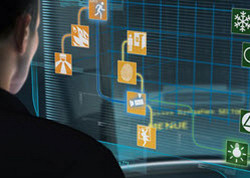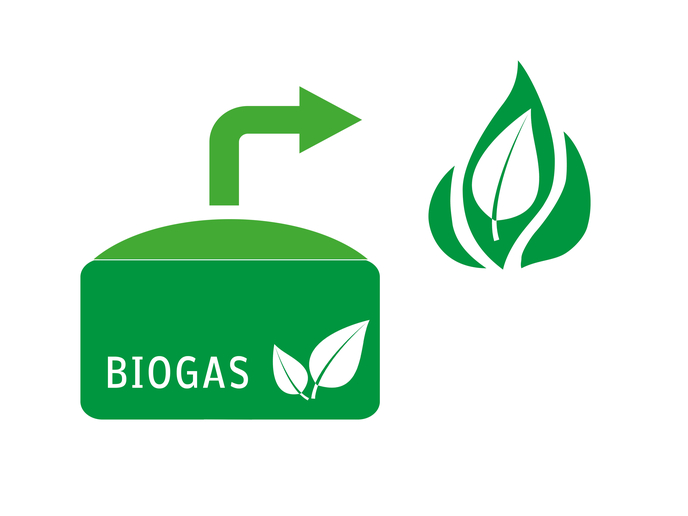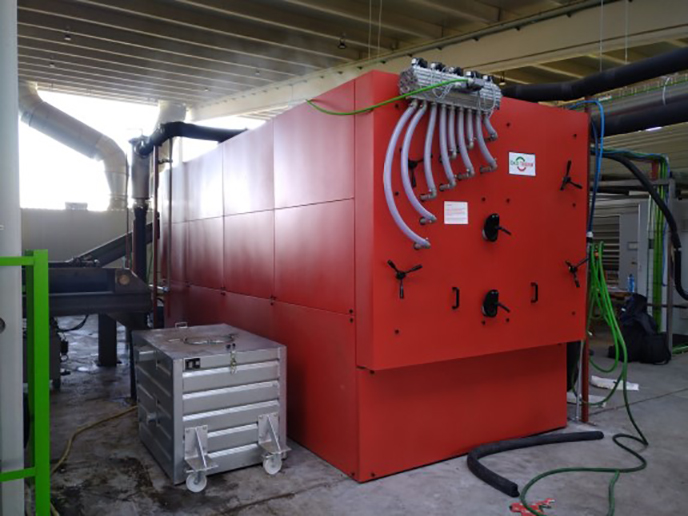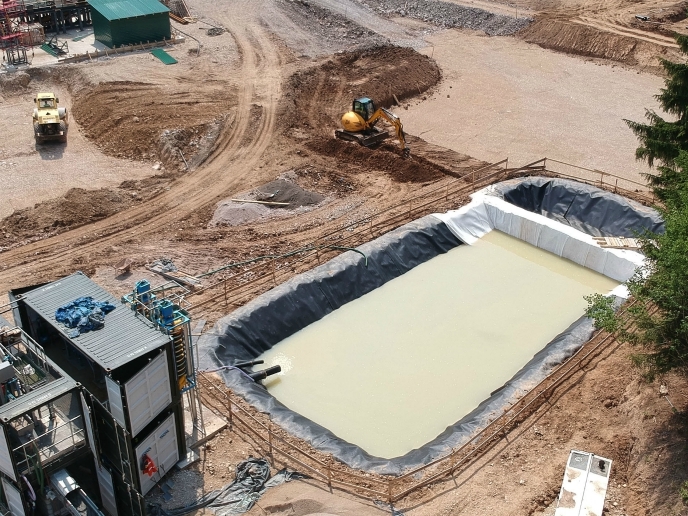Energy-efficient technology demonstrated in 13 old buildings
The EU-funded project HERB (Holistic energy-efficient retrofitting of residential buildings) has taken up the challenge to improve energy-inefficient buildings to meet or get closer to 21st century standards. It aims to do this by retrofitting new and innovative energy-efficient technologies and solutions into older buildings, and measuring their impacts. Thirteen domestic buildings of different ages in seven different countries across Europe are to be retrofitted. These range from detached, semi-detached and terrace houses to blocks of flats, and vary from 70-1000 m2 in size. In each case, the whole building is to be retrofitted, and the building users are being included in the process to ensure their needs are assessed and catered for in the retrofit process. The retrofitting of the buildings in the Netherlands and Spain was completed in March 2015, while the work on the others will continue until March 2016. In each building, several different technologies are being deployed. These are affordable, durable, easy to install and compatible with existing building functions and aesthetics. They include: Solid wall insulation with super insulations (including vacuum-insulated panels); transparent multi-functional façade technology; smart control systems; innovative heat pump systems with integrated thermal storage; novel photovoltaic-solar thermal (PVT) systems; integrated heat recovery panels with energy efficient heating, ventilating and air conditioning (HVAC) systems; and energy-efficient light pipe technology. HERB uses various methods for measuring the building performance before and after retrofitting. These include leakage tests and thermal imaging to determine the main parts of the building envelope that need to be improved. Furthermore, smart meters will be used for each technology to measure energy savings. Dr David Tetlow, Lead Project Manager of the HERB project, says that to date the most effective technologies are solid wall insulation with super insulations, transparent multi-functional façade technology and smart control systems. However, at this stage of the project, efficacy assessments have been completed only for the houses in Spain and the Netherlands. Nevertheless, he believes that these three technologies have potential for further development in a follow-up project, after HERB finishes in April 2016. The aim of the HERB project is to achieve a 60 % reduction in CO2 emissions in the demonstration buildings. So far the houses that have been retrofitted have achieved this figure, although the results will not be conclusive until summer 2016, when the retrofitting of all the buildings has been completed. Dr Tetlow believes that it is extremely important to show that the holistic approach adopted by HERB is more effective than the approach normally used now: ‘We want to prove that approaching the retrofit process via a holistic assessment-implementation-reflection standpoint will save more energy and carbon compared to the current method of applying a solution then forgetting.’
Keywords
Retrofitting, energy-efficient technology, CO2 emissions







